Impressive growth figures, along with a strategy to develop diverse products, from waterway tourism , festival events to green and digital transformation, are creating new momentum for the City to affirm its position as the leading tourism center in the country and reach out internationally.
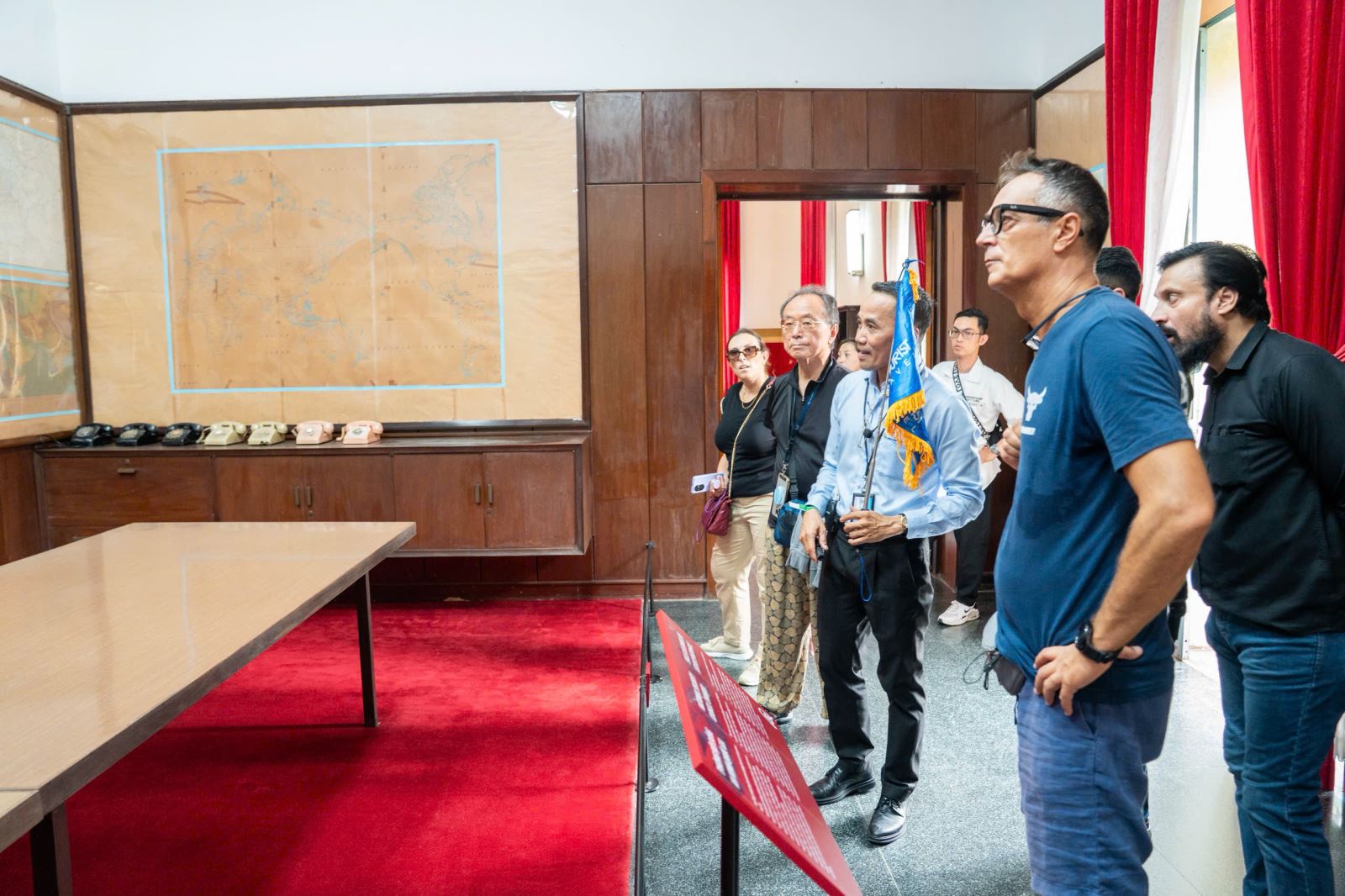
Affirming the position of a leading tourist center
In the past 9 months, Ho Chi Minh City welcomed more than 5.88 million international visitors and 29.17 million domestic visitors. Total tourism revenue reached VND184,629 billion, equivalent to 71% of the yearly plan. These figures not only reflect the comprehensive recovery of the industry after a period of many fluctuations, but also strengthen the attractiveness of the City in the picture of Vietnam's tourism.
Ms. Bui Thi Ngoc Hieu, Deputy Director of the Ho Chi Minh City Department of Tourism, said that the city has now become a megacity, forming a triangle of distinctive identities: the urban creative center, the industrial zone - craft village - MICE of Binh Duong and the island - resort area of Ba Ria - Vung Tau . This complementarity helps Ho Chi Minh City tourism develop comprehensively, meeting diverse needs from relaxation, business, culture to cuisine and shopping.
The city aims to welcome 10 million international visitors, 50 million domestic visitors and total revenue of VND290,000 billion by 2025. To achieve this, the tourism industry is accelerating the implementation of many solutions, including adjusting the Tourism Development Project to 2030, repositioning the brand, promoting the application of artificial intelligence and big data, and developing more products associated with regional characteristics.
At the end of the year, when the demand for relaxation, entertainment and shopping increases, Ho Chi Minh City also takes the opportunity to organize a series of national and international events such as the River Festival (October), Tourism Week (December), Techcombank International Marathon 2025 and many promotional programs in the US, UK, Korea, Singapore...
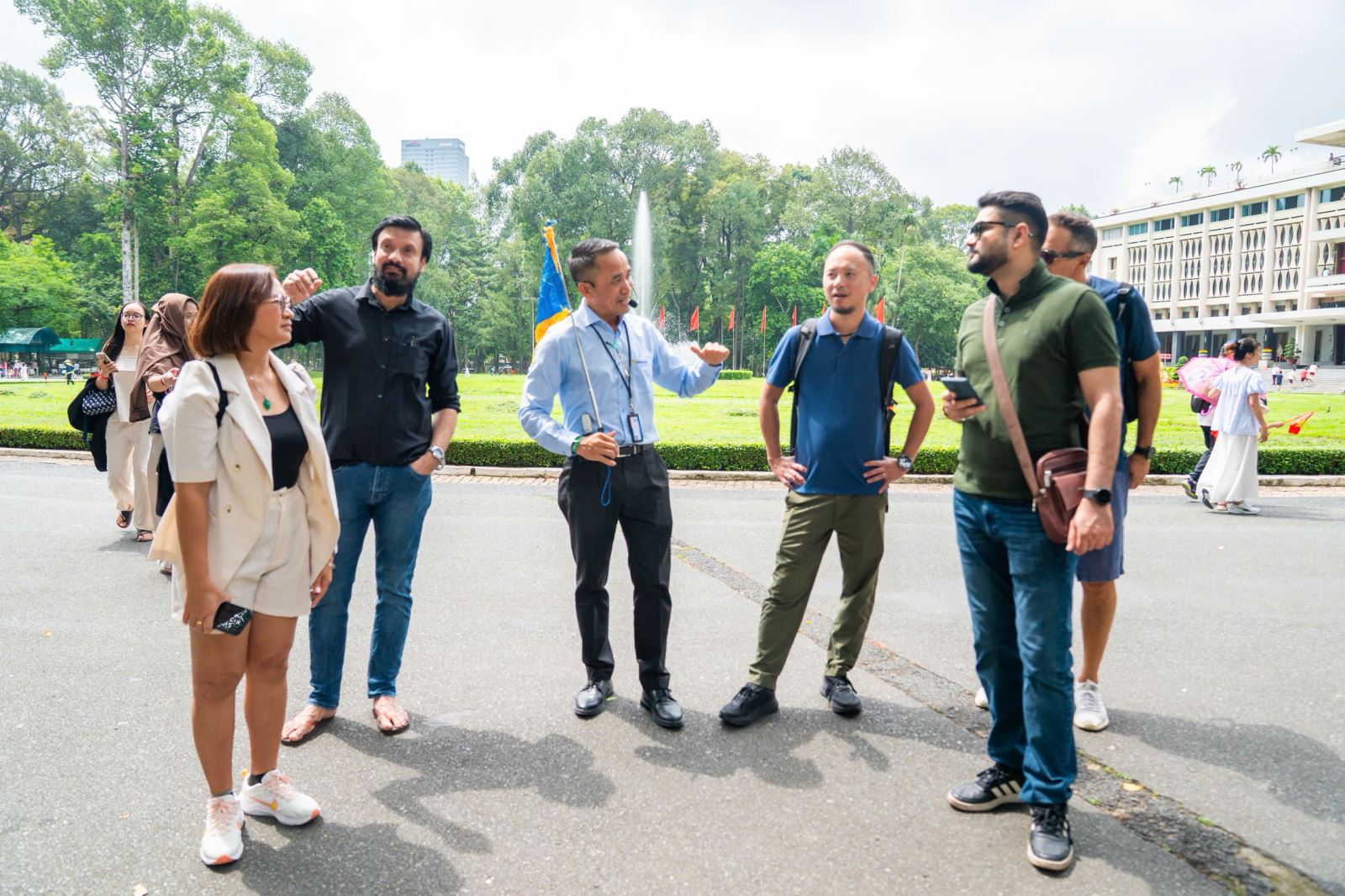
Notably, waterway tourism is becoming the focus of development. Currently, the city has 137 operating watercraft, including 52 restaurant ships, yachts, accommodation ships and 85 canoes and wooden boats. The port system is diverse with 37 ports and 354 inland waterway wharves. More than 60 waterway tour programs have been built, including 7 regular tours and 15 new tours.
Canoe, cruise and speedboat routes connecting Ho Chi Minh City with the Mekong Delta and Cambodia are also gradually taking shape, expanding inter-regional space. The city has completed 19 routes with accommodation, and is surveying 22 more potential routes connecting Dong Nai, Ba Ria - Vung Tau and the Southeast.
“Waterway tourism is becoming a unique product, contributing to enriching the experience for tourists. From now until the end of the year, we will continue to reposition and develop many new tours associated with river culture to retain and attract international visitors,” Ms. Bui Thi Ngoc Hieu shared.
Promote green tourism products
Not only stopping at promoting internal strengths, in the last months of the year, Ho Chi Minh City also focused on promoting regional connectivity, digital transformation and green development. Ms. Nguyen Thi Hoa Mai, Deputy Director of the Vietnam National Administration of Tourism, said that recently, the tourism development connection between Ho Chi Minh City and other regions has become a bright spot, contributing to raising the brand of Vietnam's tourism. In the coming period, Ho Chi Minh City needs to focus on building unique products, promoting digital transformation, green transformation and mobilizing social resources to continue promoting its pioneering role in developing Vietnam's tourism and its pioneering role in connecting tourism with other provinces and cities across the country.
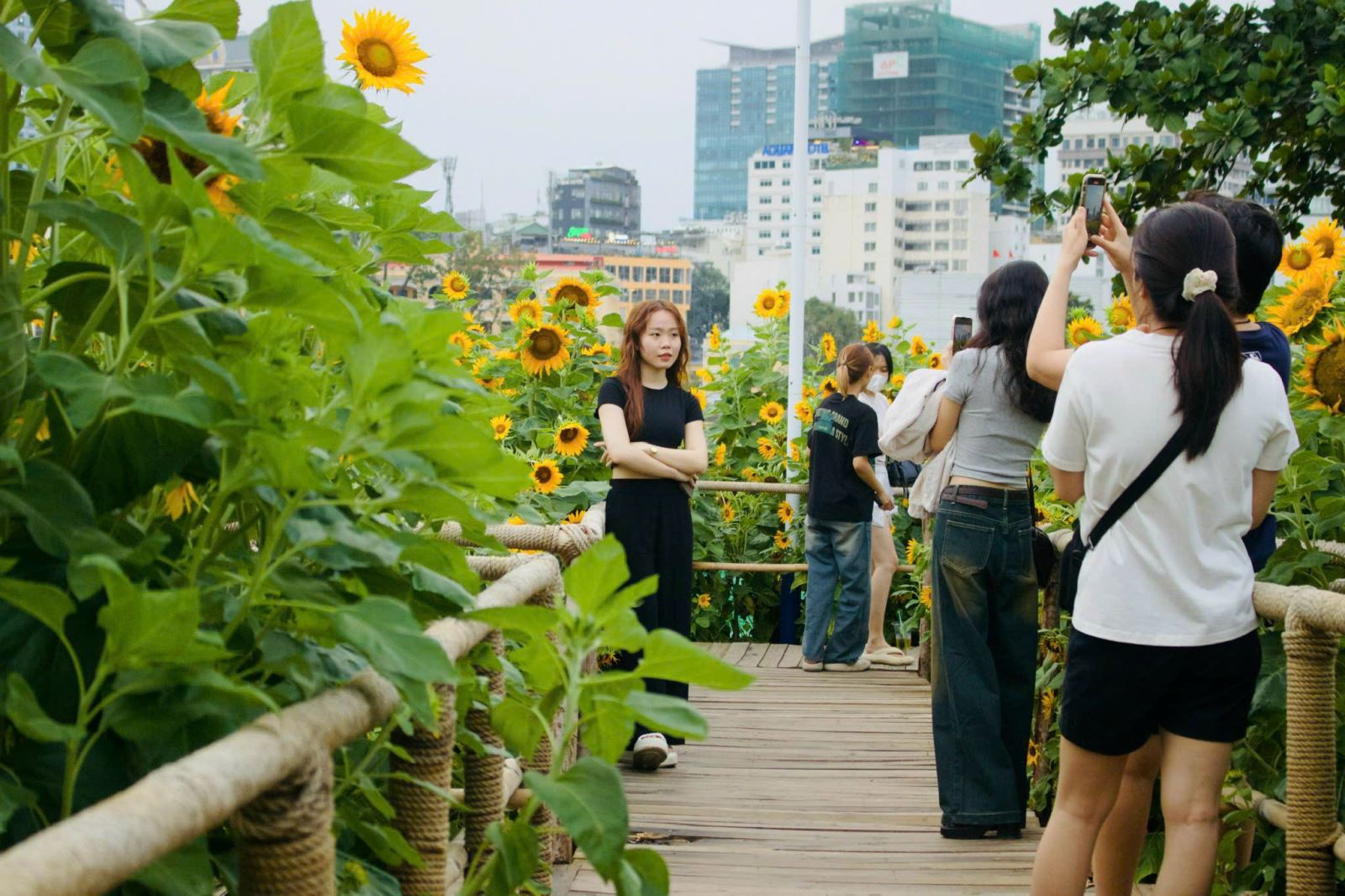
Accordingly, Ho Chi Minh City and Hanoi need to continue to play a central role in coordinating and initiating regional connectivity initiatives. Other localities will develop distinctive tourism products along key transport corridors, associated with OCOP products, handicrafts and creative services associated with the two major cities. Currently, digital transformation and green transformation are considered two key solutions to develop the tourism industry. In fact, Ho Chi Minh City is also implementing a digital map of the tourism network using big data and AI, building an electronic travel card "Green Travel Pass" to integrate into the electronic tourism map of Vietnam.
In particular, in the period of 2026 - 2030, the tourism industry of Ho Chi Minh City also expects to form a modern tourism ecosystem, enhance competitiveness, and affirm the tourism brand of Ho Chi Minh City on the regional and international map. This not only contributes to economic growth but also helps Ho Chi Minh City continue to spread cultural values, creativity and identity to friends around the world.
In the field of transportation, many tourism businesses have pioneered the application of green vehicles, including: Sacotravel tourism company deploys electric cars and hybrid cars in tours; Vietravel tourism company cooperates with Vingroup to use electric cars in passenger transport....
Mr. Nguyen Ngoc Tan, General Director of Sacotravel, said that green vehicles not only help businesses save costs and maintenance but also enhance brand reputation, especially in the eyes of tourists interested in sustainable development. In fact, green tourism products are being chosen by many tourists.
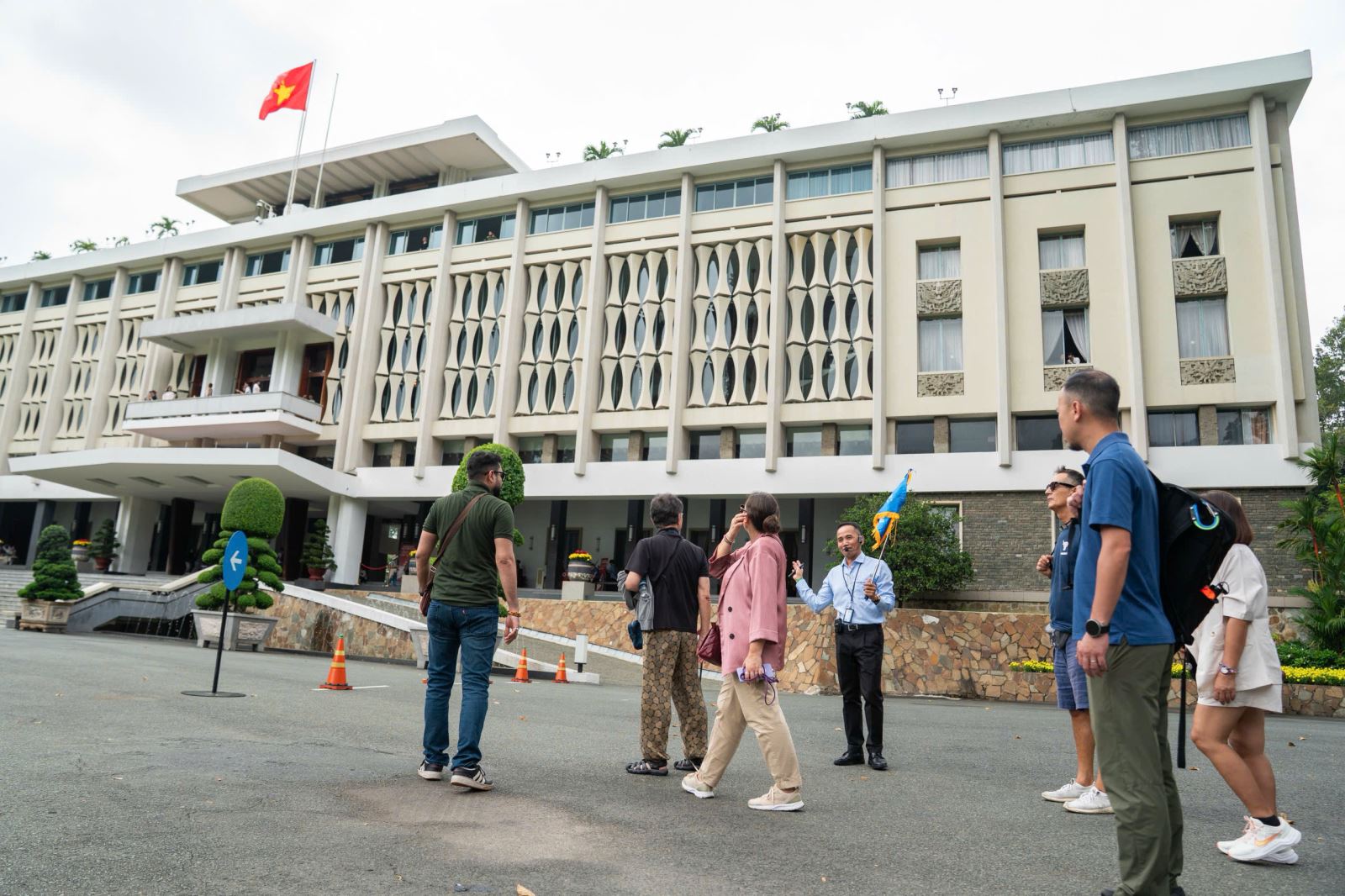
From the perspective of a tourism expert, Dr. Nguyen Manh Hung said that to develop green transport and effective digital transformation, it is necessary to link with green tourism. However, the tourism and transport industry that wants to develop green tourism products needs synchronous policies from the Government and localities. There, the Government will have policies to encourage green car rental, support businesses from fuel, maintenance to energy management.
"In parallel with green transformation, digital technology is also considered the key to improving the tourist experience. On the other hand, businesses themselves also need to promote the application of AI, big data and electronic maps to help tourists easily search for information, book services... easily, thereby also supporting management agencies to monitor and flexibly operate tourism activities... This is an inevitable direction that the tourism industry in Ho Chi Minh City in particular and the tourism industry in Vietnam in general need to change in the context of fierce competition between global destinations", said Dr. Nguyen Manh Hung.
Source: https://baotintuc.vn/du-lich/du-lich-tp-ho-chi-minh-tang-toc-but-pha-dip-cuoi-nam-20251003124102360.htm


![[Photo] Visit Hung Yen to admire the "wooden masterpiece" pagoda in the heart of the Northern Delta](/_next/image?url=https%3A%2F%2Fvphoto.vietnam.vn%2Fthumb%2F1200x675%2Fvietnam%2Fresource%2FIMAGE%2F2025%2F11%2F21%2F1763716446000_a1-bnd-8471-1769-jpg.webp&w=3840&q=75)
![[Photo] President Luong Cuong receives Speaker of the Korean National Assembly Woo Won Shik](/_next/image?url=https%3A%2F%2Fvphoto.vietnam.vn%2Fthumb%2F1200x675%2Fvietnam%2Fresource%2FIMAGE%2F2025%2F11%2F21%2F1763720046458_ndo_br_1-jpg.webp&w=3840&q=75)
![[Photo] National Assembly Chairman Tran Thanh Man holds talks with President of the Senate of the Czech Republic Milos Vystrcil](/_next/image?url=https%3A%2F%2Fvphoto.vietnam.vn%2Fthumb%2F1200x675%2Fvietnam%2Fresource%2FIMAGE%2F2025%2F11%2F21%2F1763715853195_ndo_br_bnd-6440-jpg.webp&w=3840&q=75)


![[Photo] General Secretary To Lam receives President of the Senate of the Czech Republic Milos Vystrcil](/_next/image?url=https%3A%2F%2Fvphoto.vietnam.vn%2Fthumb%2F1200x675%2Fvietnam%2Fresource%2FIMAGE%2F2025%2F11%2F21%2F1763723946294_ndo_br_1-8401-jpg.webp&w=3840&q=75)
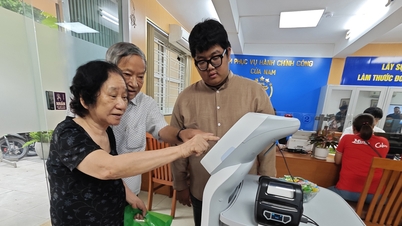

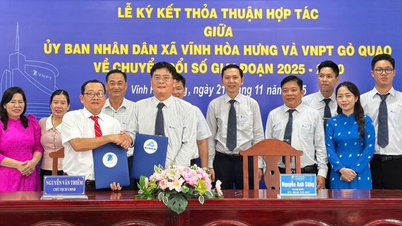

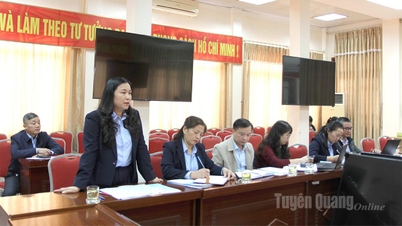

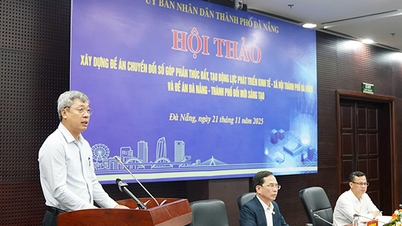

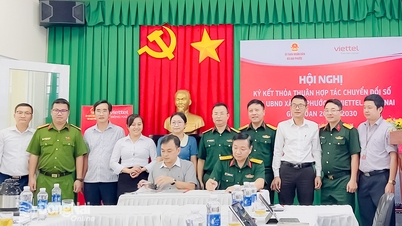



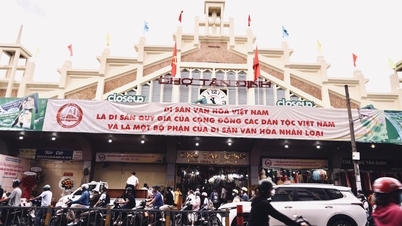
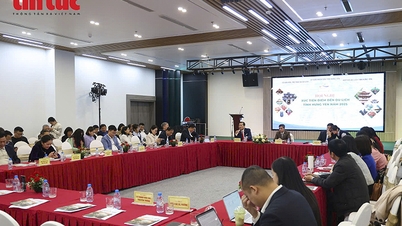
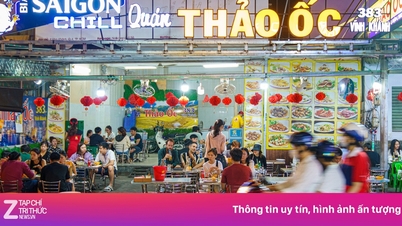

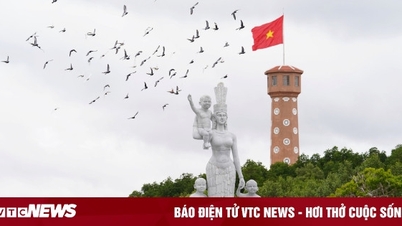

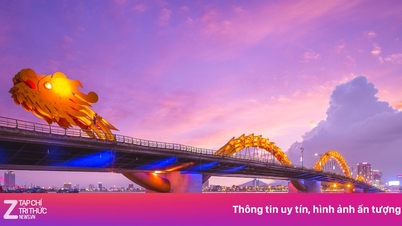
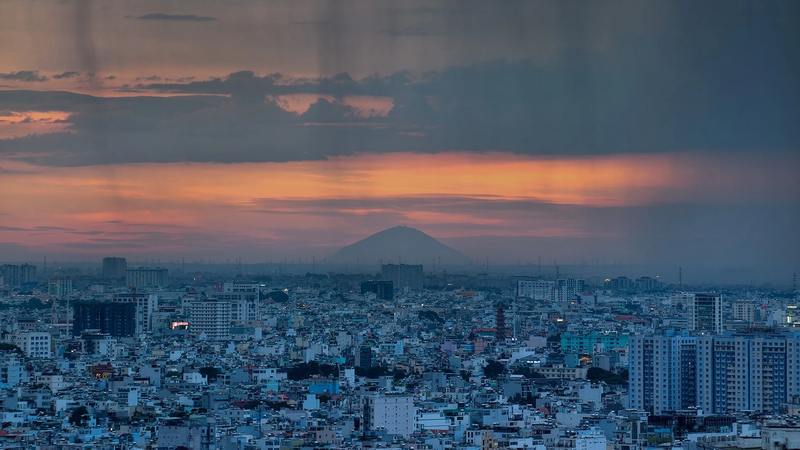
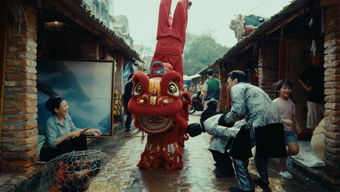

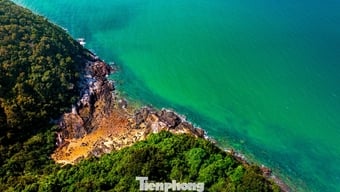
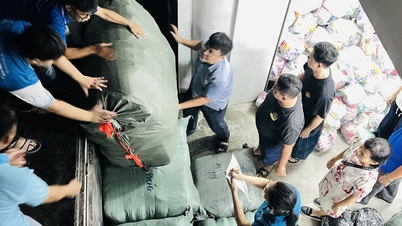

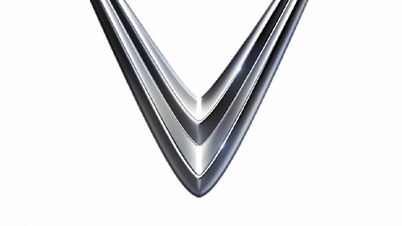
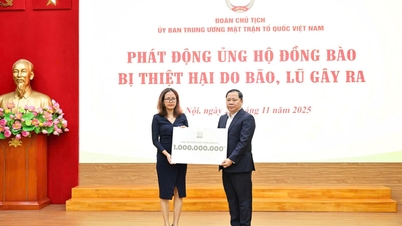

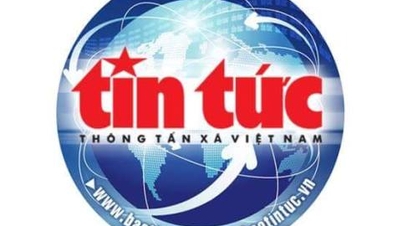




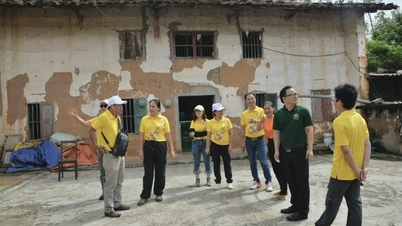

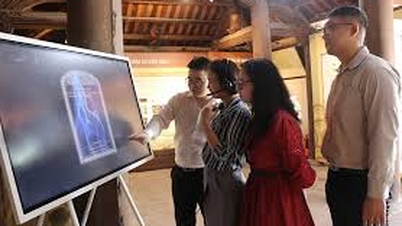

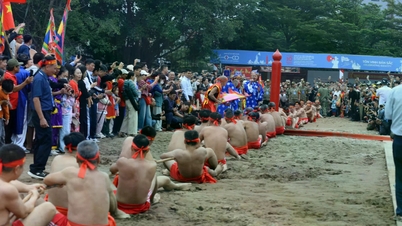

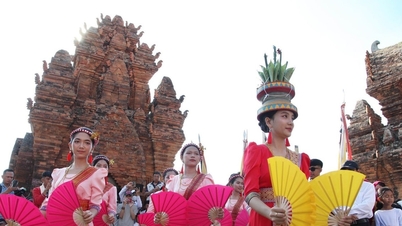

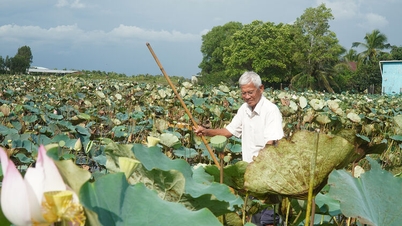



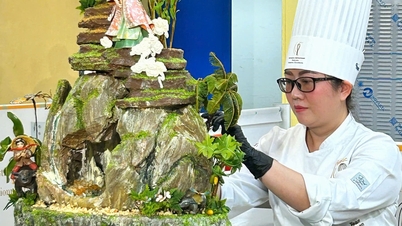






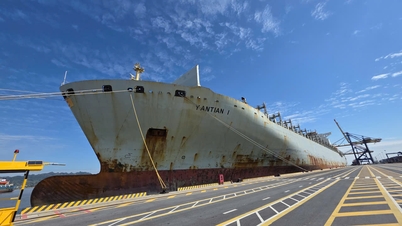
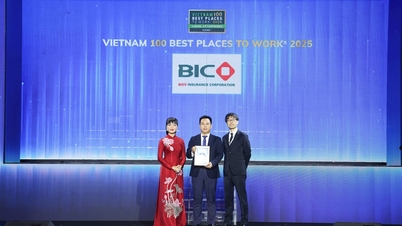
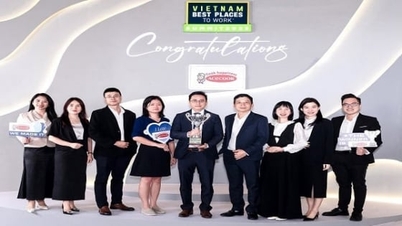


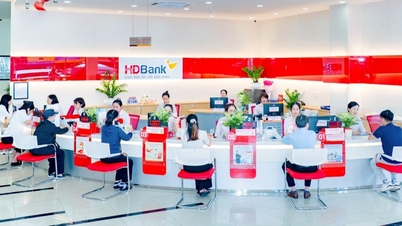

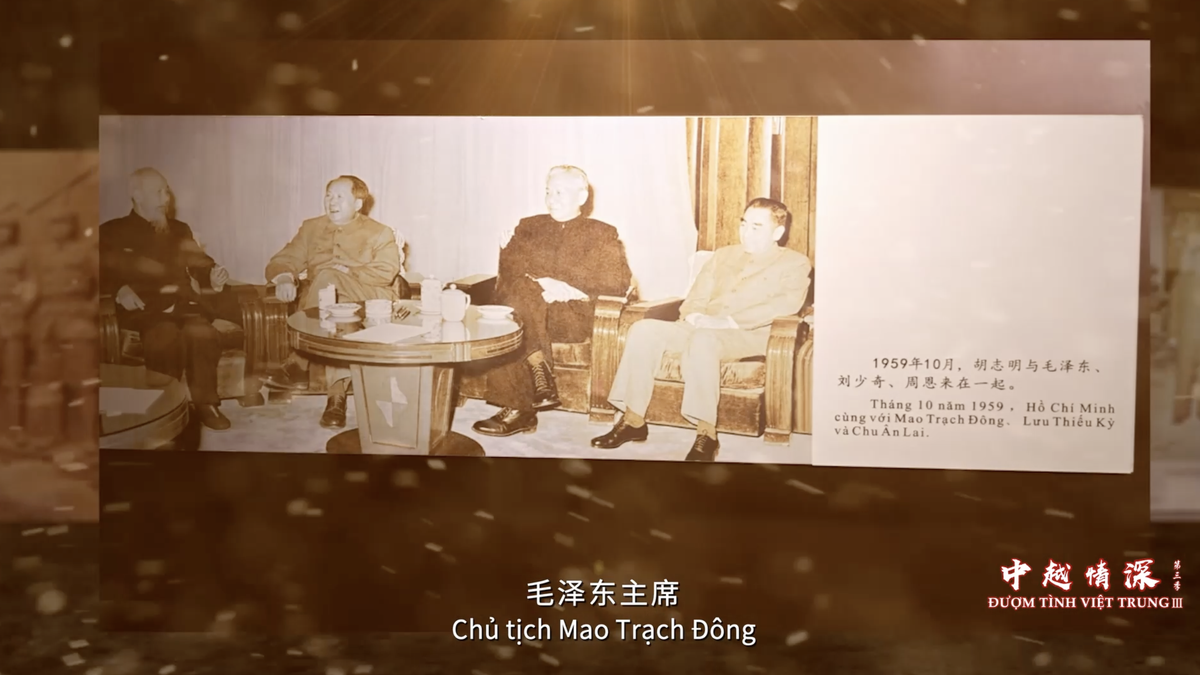

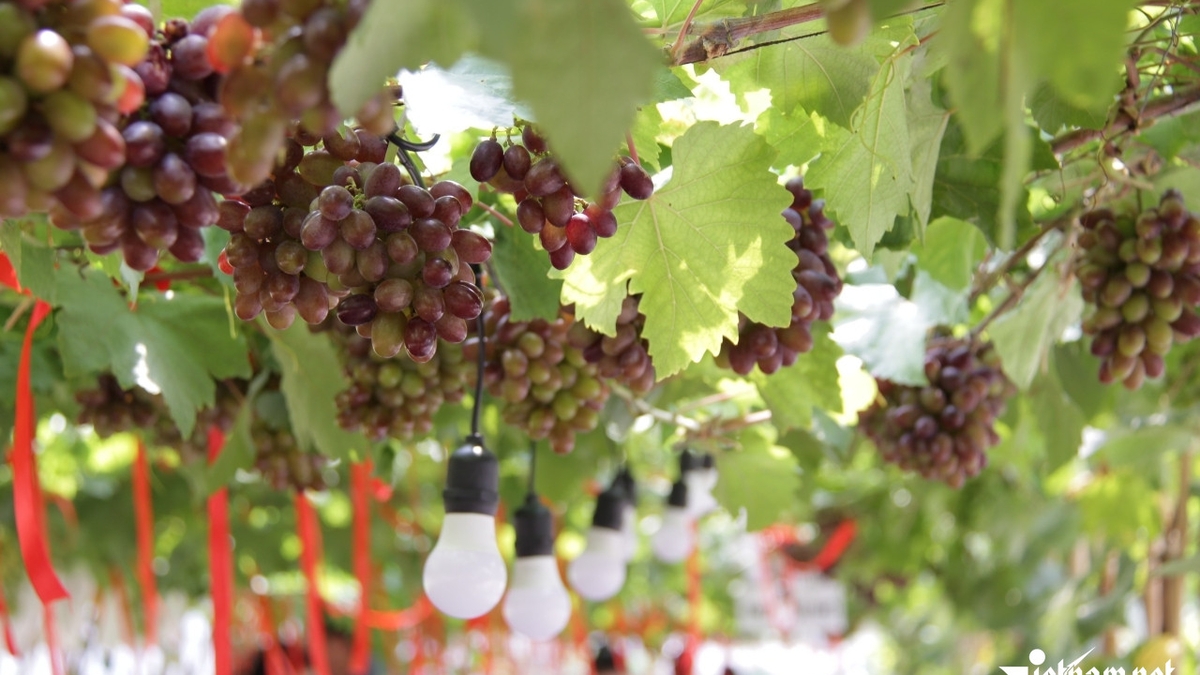


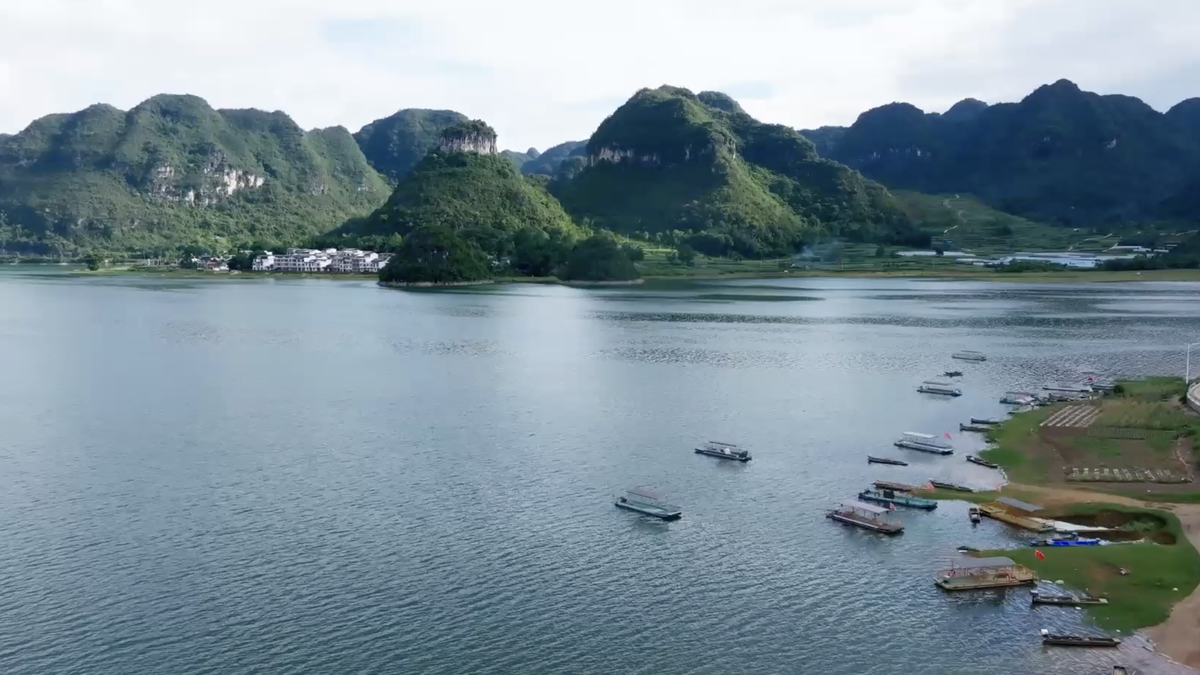
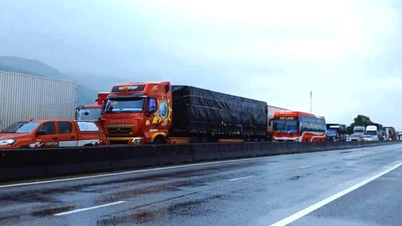


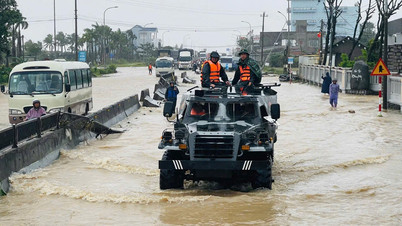
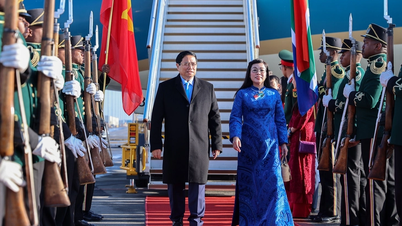

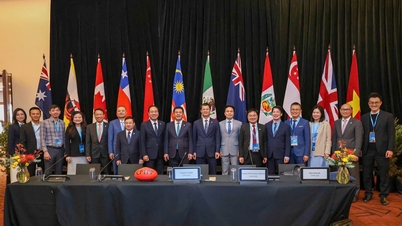
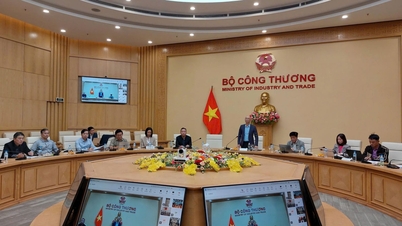

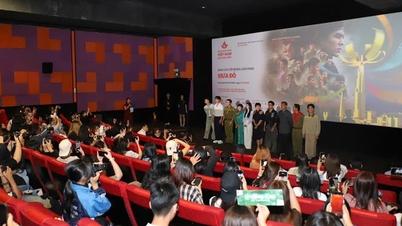



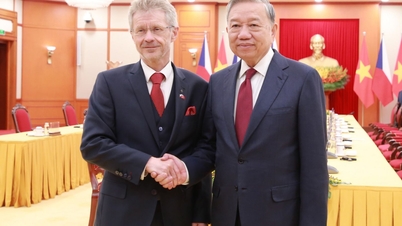
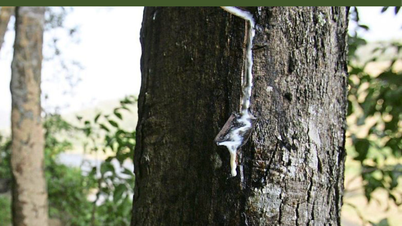
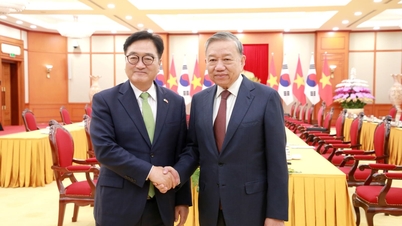



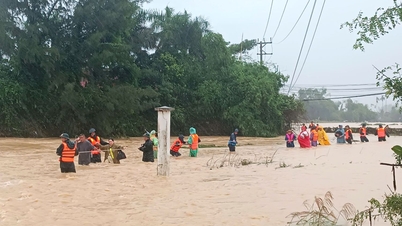

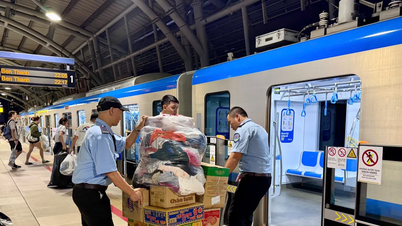

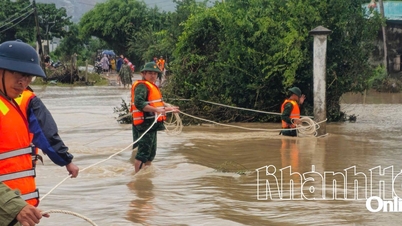
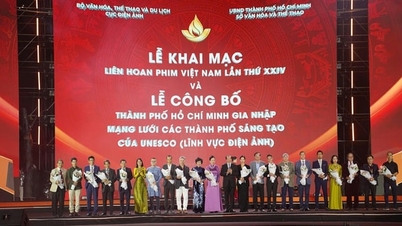

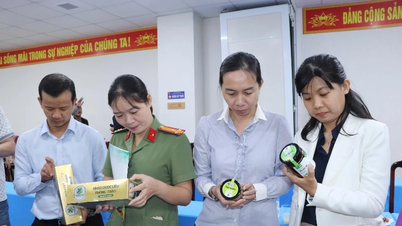

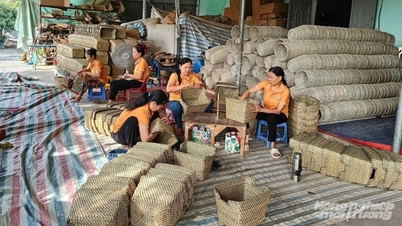

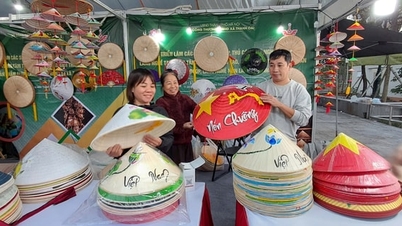
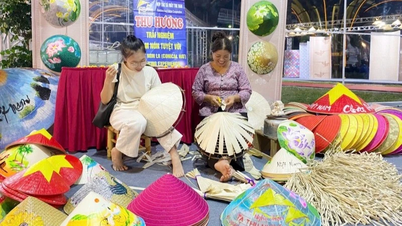
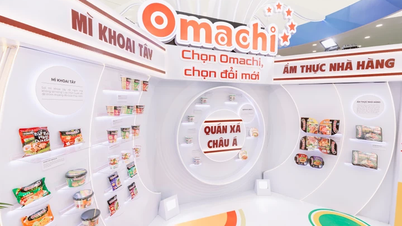



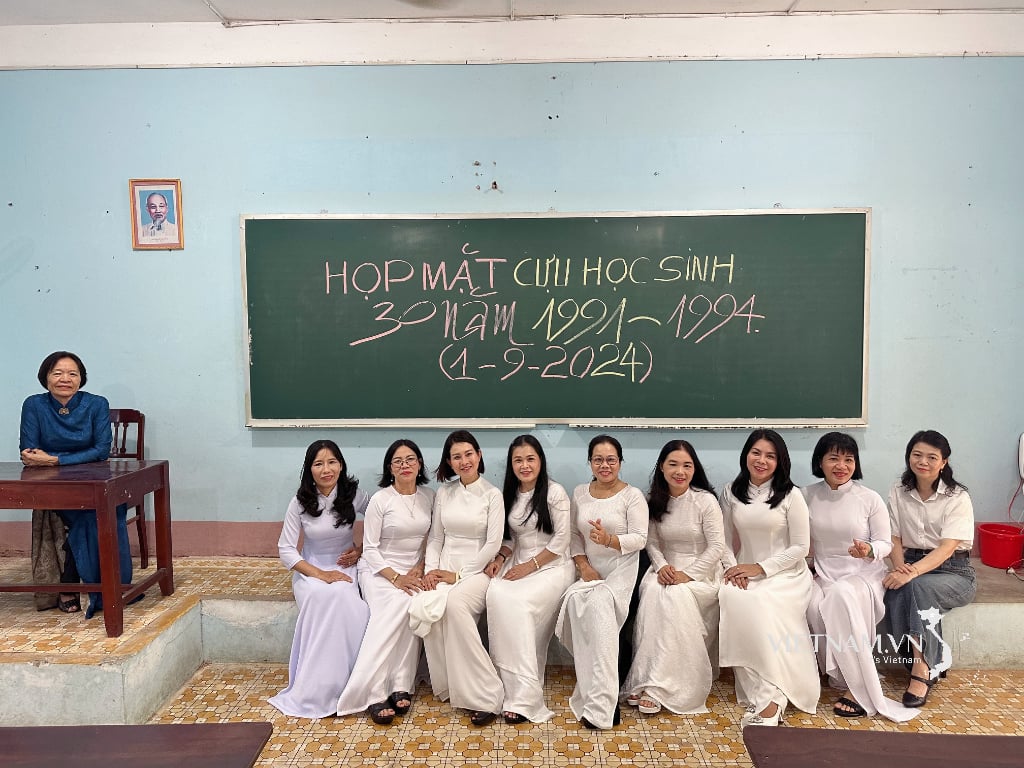



Comment (0)